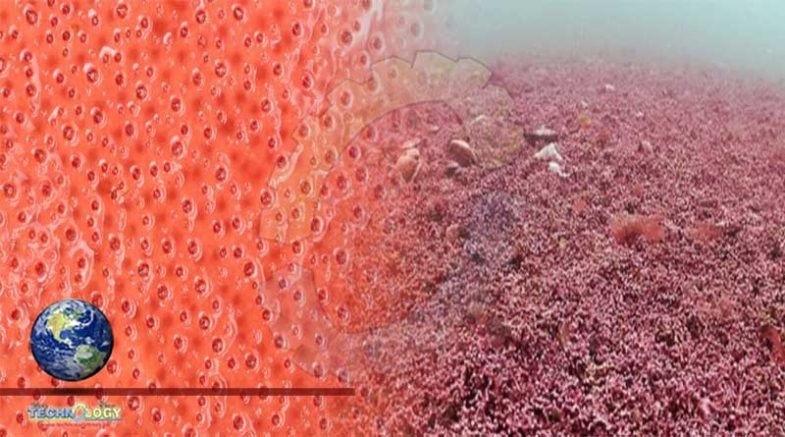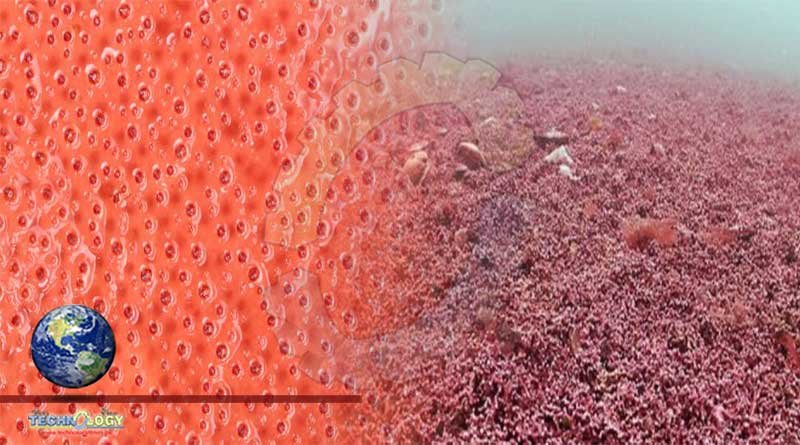Researchers have discovered a pocket of the algae, dubbed ‘falgae’, near Cornwall in the UK that’s genetically distinct from the rest of the region.

The mesmerizing red algal species Phymatolithon calcareum clumps together to form habitats called maerl beds in coastal regions across the northeast Atlantic, but researchers have discovered a pocket of the algae, dubbed ‘falgae’, near Cornwall in the UK that’s genetically distinct from the rest of the region.
It’s been dubbed ‘falgae’, likely because of its location in the Fal Estuary – a busy waterway used by both commercial and naval ships sailing to and from Falmouth port.
These maerl beds are important habitats for many marine species – like coral reefs – and play an important role in the storage of carbon. The researchers are hoping that the new findings will help in efforts to protect these beds from numerous threats.
“It appears that the unique diversity in the Fal Estuary has likely been shaped over time by geographical isolation of this maerl bed and a lack of genetic exchange with other P. calcareum populations,” says marine biologist Tom Jenkins, from the University of Exeter in the UK.
Even the algae at the Manacles reef, just 13 kilometers (8 miles) away, across Falmouth Bay, have a different genetic make-up, the team found. They used a whole-genome genotyping process to study the DNA from 12 separate maerl bed sites stretching from Norway to Portugal.
Genetic variations could be found in different geographical spots, but it was only the Fal Estuary sample that was completely genetically distinct – and it doesn’t appear to be a hybrid of other types of algae either, at least based on the samples the research team used.
The researchers suggest that it’s the isolation of this batch of red algae that has caused it to be genetically distinct. Algae that form maerl beds grow very slowly, even over thousands of years, and aren’t easily dispersed.
“The wider genetic differences we found across north-east Atlantic are probably explained by the low dispersal capacity of this species, which limits connectivity between particular populations separated by large distances,” says Jenkins.
Maerl beds can provide safe harbor for thousands of fish and invertebrates, but their existence is threatened by climate change, the dredging required to maintain waterways, and the shipping traffic that travels to and from ports.
The danger from marine pollution is a particular problem for the algae in the Fal Estuary because it is so busy. In many ways, the day-to-day activity on waterways is at odds with the conditions maerl beds need to survive.
Knowing more about the genetics of these maerl beds should help preserve them, the team behind the new study says: knowing how these batches of red algae are different is going to be important for conservation efforts.
“There are several large maerl beds around the coast of south and southwest England, and the genetic differences we identified show that these need to be managed on a site-by-site basis, as separate and distinct populations,” says evolutionary biologist Jamie Stevens, from the University of Exeter.
Originally published at Science Alert
